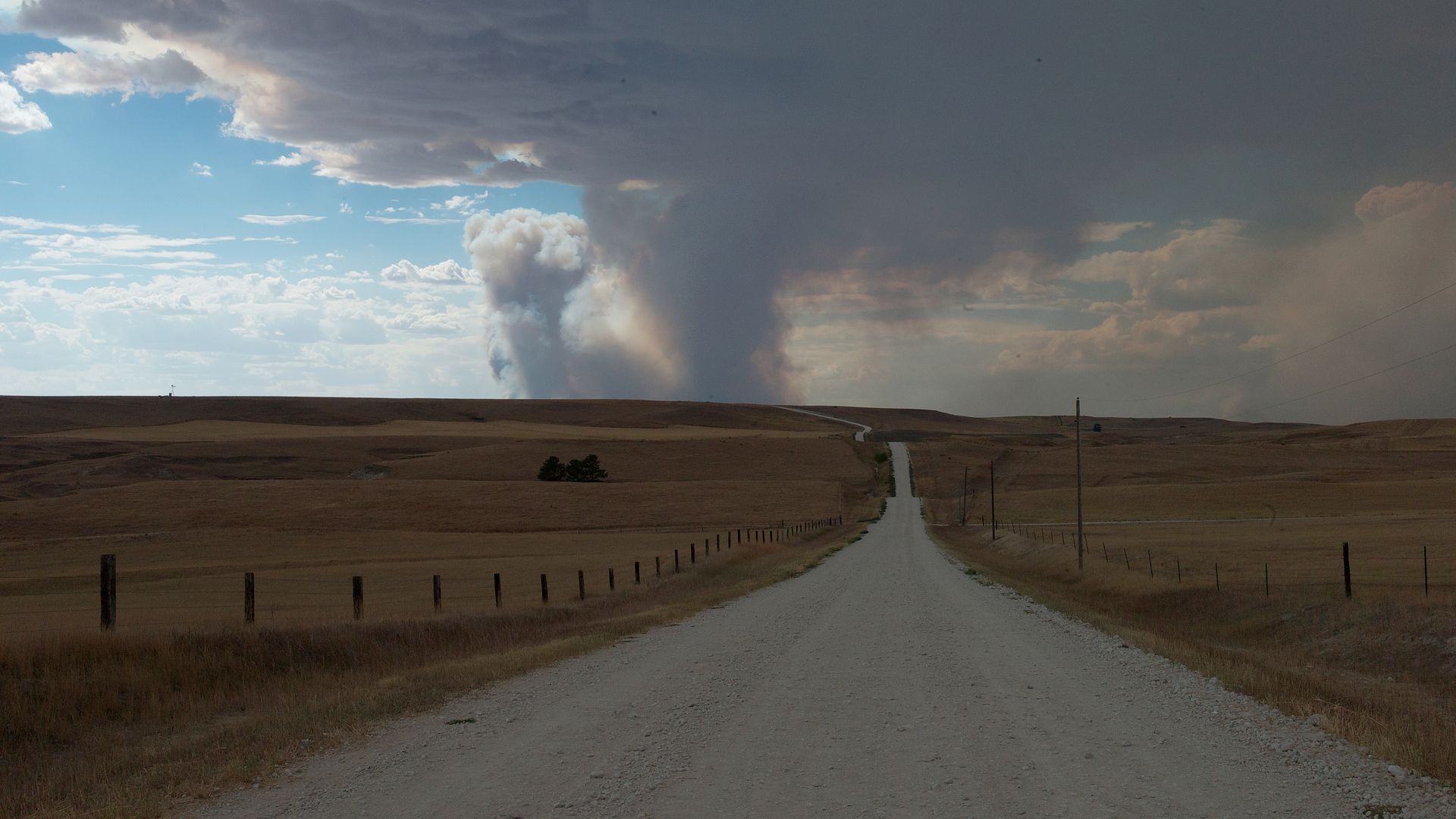
[Jack Aylmer]
A BONE-DRY FALL FOR MUCH OF THE UNITED STATES.
A RECORD 87-PERCENT OF THE LOWER 48 ARE CURRENTLY EXPERIENCING CONDITIONS RANGING FROM “ABNORMALLY DRY” TO VARIOUS LEVELS OF DROUGHT.
THIS IS A NEW HIGH, SURPASSING THE PREVIOUS RECORDS OF 85 PERCENT BACK IN NOVEMBER 2022 AND 80 PERCENT IN JULY 2012.
THIS RECENT EXPANSION OF DROUGHT CONDITIONS WAS DRIVEN BY A HISTORICALLY DRY OCTOBER, THOUGH THINGS HAVE STARTED TO SHIFT TOWARD A WETTER PATTERN IN SOME AREAS.
OVER THE PAST WEEK, MULTIPLE ROUNDS OF HEAVY RAIN AND EVEN SEVERE WEATHER HAVE BEEN IMPACTING PARTS OF THE CENTRAL U.S., ESPECIALLY AROUND OKLAHOMA.
STILL – THE DRY CONDITIONS ARE WIDESPREAD. TO PUT THIS IN PERSPECTIVE, THE EXTENT OF THE DROUGHT AREA NEARLY DOUBLED FROM LATE JUNE, WHEN IT WAS ABOUT 45 PERCENT, TO 87 PERCENT AT THE END OF OCTOBER. THE HARDEST-HIT AREAS HAVE BEEN ACROSS THE CENTRAL AND SOUTHERN PLAINS, WHERE MODERATE TO SEVERE DROUGHT HAS BEEN COMMON.
LOOKING AHEAD, NOVEMBER’S DROUGHT OUTLOOK SHOWS THE POTENTIAL FOR IMPROVEMENT FROM TEXAS ALL THE WAY TO THE GREAT LAKES, WHILE PARTS OF THE EASTERN U.S. MAY CONTINUE TO EXPERIENCE EXPANDING DRYNESS.
AND THESE CONDITIONS HAVE HAD REAL-WORLD CONSEQUENCES.
JUST LAST WEEK, LARGE WILDFIRES WERE BURNING IN OKLAHOMA, NEBRASKA, AND OTHER PARTS OF THE SOUTHERN AND CENTRAL PLAINS, FANNED BY SEASONAL WINDS. NOW, IRONICALLY, SOME OF THOSE SAME REGIONS ARE FACING FLOOD WATCHES AFTER RECENT RAINS.
SCIENTISTS SAY THE RAPID SHIFTS BETWEEN DROUGHT AND HEAVY RAINFALL CAN BE LINKED TO HUMAN-DRIVEN CLIMATE CHANGE, WHICH IS CONTRIBUTING TO MORE FREQUENT STAGNATIONS IN WEATHER PATTERNS.
THE NATIONAL WEATHER SERVICE IS PREDICTING A GOOD CHANCE FOR ABOVE-AVERAGE PRECIPITATION IN THE NORTHWEST AND MUCH OF THE CENTRAL U.S. OVER THE NEXT SEVERAL WEEKS TO MONTHS, WITH A GREATER LIKELIHOOD OF DRY CONDITIONS IN THE NORTHEAST. AND IN THE EAST, TEMPERATURES MAY STAY WARMER THAN USUAL.
WE’LL KEEP YOU UPDATED AS THESE PATTERNS UNFOLD.
FOR NOW, I’M JACK AYLMER FOR SAN











